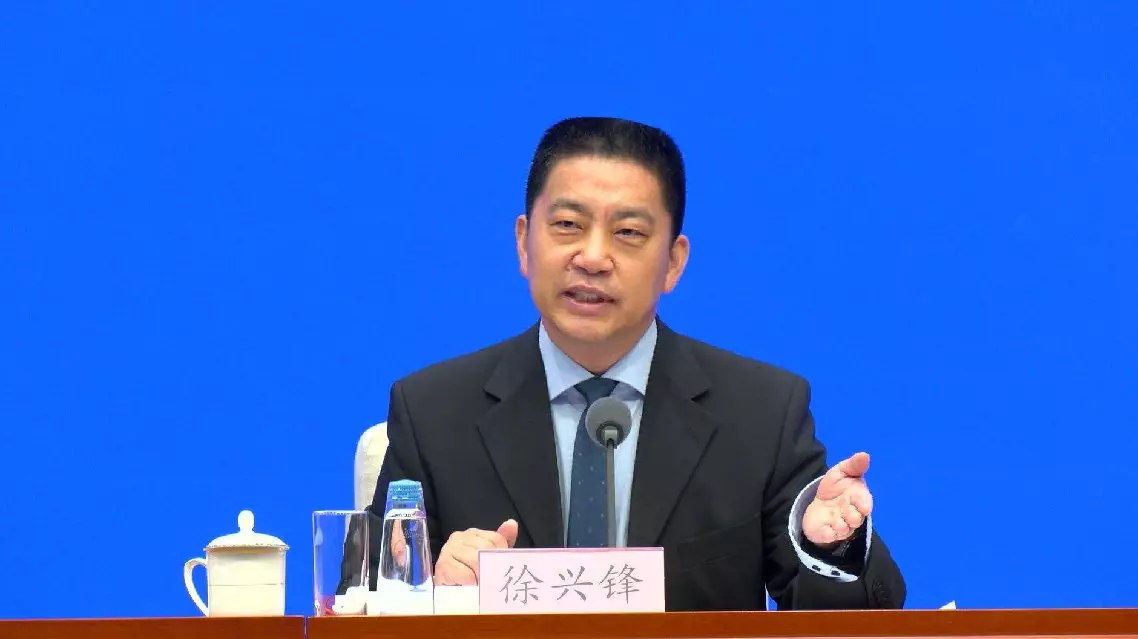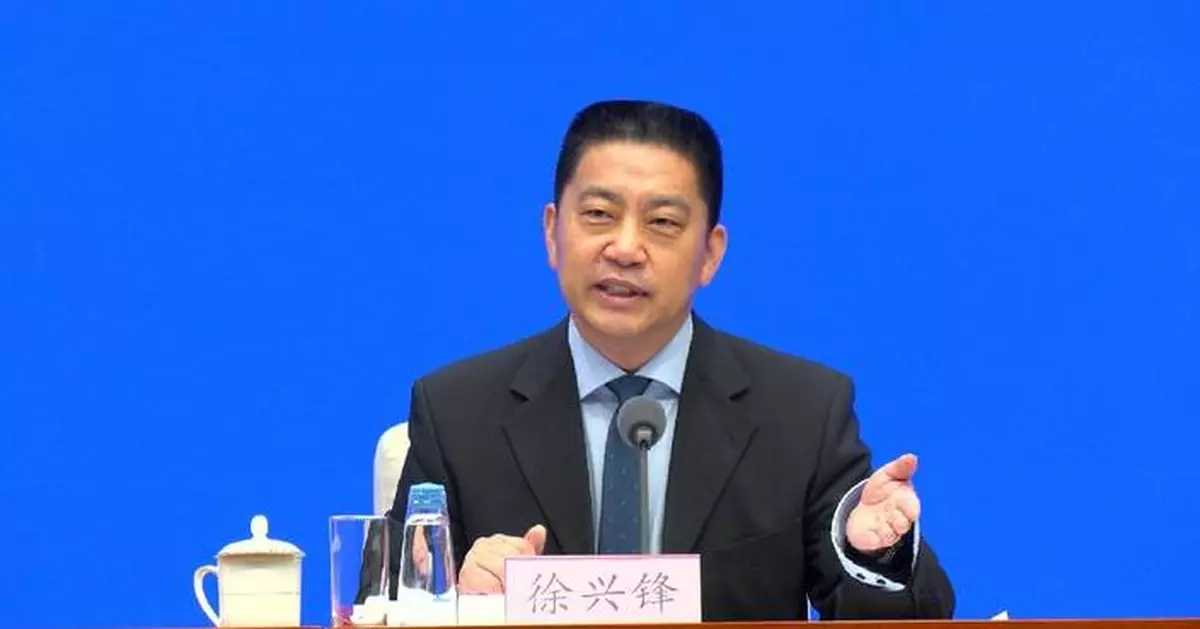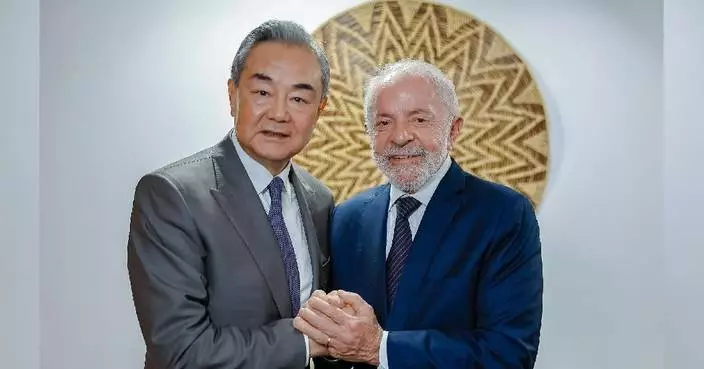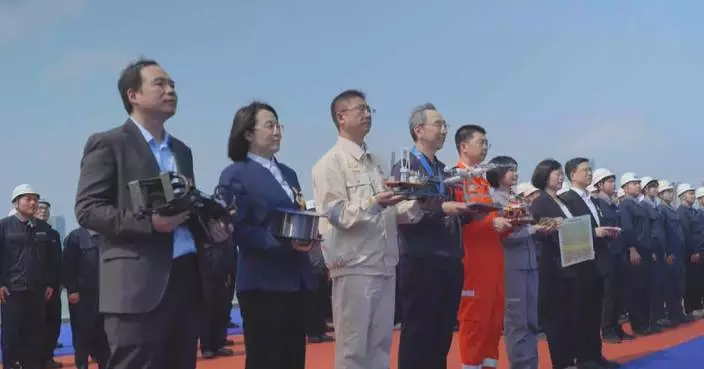The Chinese Ministry of Commerce (MOC) said at a press conference in Beijing on Friday that it will promote the high-quality development of consumption with various favorable measures in the second half of the year.
Xu Xingfeng, director of the Department of Market Operation and Consumption Promotion under the MOC, said in the second half of the year, China will closely follow the needs of the people and launch a series of high-quality activities to continue promoting the development of new energy vehicles, smart home appliances, green building materials in rural areas, with special focus on rural economy, silver economy, festival economy, and AI economy in the overall national consumption.
The ministry will also promote the issuance of comprehensive documents to boost high-quality development of service consumption, push for the orderly expansion of opening up in the fields of telecommunications, Internet, education, culture, and medical care, support consumption in cultural tourism, elderly care, childcare, and housekeeping, and meet the needs of residents for service consumption, Xu said.
"We will encourage companies to launch new products, open their first stores, and hold their first shows and exhibitions. We will accelerate the cultivation of international consumer center cities, use them as a pilot to reduce restrictive measures on consumption, continuously improve the rural circulation system, and further unleash the rural consumption potential," said Xu.
Xu also said the ministry will roll out multiple measures to press for the replacement of home appliances and vehicles to further stimulate consumption.
Meanwhile, the ministry will also implement measures to promote sales of used cars, online car deregistration and reverse invoicing by recycling companies, and continue to improve the recycling system of renewable resources to make it more convenient for consumers to deal with waste materials, said Xu.
The ministry will also work to foster a better market environment by organizing comprehensive inspections on the replacement operations and open up complaint channels, said Xu.
"We will further optimize the subsidy review and fund allocation and distribution, speed up the review and improve the service quality, smoothen the last procedure of subsidy application, and strive to shorten the time for consumers to receive subsidy funds from the time they submit an application," said Xu.

China to promote consumption with favorable measures: MOC official
U.S. tariffs on Cambodia, which were set at 49 percent, have sparked concerns among the Southeast Asian country's key export industries such as garment manufacturing amid the ensuing economic uncertainties.
On April 2, U.S. President Donald Trump announced the 49 percent "reciprocal tariff" on goods imported from Cambodia, the highest among all countries. Days later, the U.S. reduced the so-called "reciprocal tariff" to 10 percent for 90 days, offering a window period to Cambodia for negotiations with it.
Cambodian businesspeople say the tariffs have the potential to wreak havoc on the country's manufacturing sector, which, according to data from the World Bank, makes up around a fifth of the country's GDP.
"For U.S. manufacturers, definitely, there will be a big impact. If manufacturers are focusing on U.S. products, they are now in the middle. They don't know what they should do at the moment because the tariff now from Cambodia to the U.S. is actually quite high," said Dr. Ben Li, a Hong Kong investor in Cambodia and Chairman of the Cambodia Chinese Commerce Association.
Nevertheless, Li sees the tariff hike as an opportunity to export more Cambodian goods to the European Union, where a majority of Cambodian exports enjoy duty-free status.
"I always say there will be a light (at the end of the tunnel.) Even now, the U.S. tariff is so high, it's going to be so high after 90 days, we don't know. But, there's still a big market to Japan or to the European Union. There's still a big opportunity there," he said.
The Cambodian investor also believes the development of major infrastructure projects will help support Cambodia's economy.
"Especially the new canal and then the new airport, and the railways which connect to China. I believe once the logistics and infrastructure are built up, it can help the whole country's economy. By reducing the transportation costs, it can also mitigate the tariff costs," he said.
Cambodia and the U.S. held their first tariff negotiations on April 16, with more expected to follow. Local experts said the stakes are high for the country's workers.
"If this negotiation fails, there will be a significant impact. It will include the garment and travel goods sector. These sectors consist of about 1,068 factories and 930,000 workers. The income generated from these sectors is about 3 billion dollars per year. So it would significantly impact Cambodia's economy, jobs and incomes," said Chey Tech, a socio-economic research and development consultant from Dynamic Alliance Consulting.
Despite the potential risks, Tech expressed his optimism about a positive outcome, citing Cambodian Prime Minister Hun Manat's letter to Trump on April 4.
"The Prime Minister's letter confirmed that Cambodia would reduce the tariff rate for U.S. goods to 5 percent. Second, Cambodia is the least developed country. Third, Cambodia produces goods that the developed countries won't produce. We asked whether the U.S. would be able to produce these low-cost products. It cannot," said Tech.
In 2024, Cambodia exported goods of 9.9 billion dollars to the U.S., making it the country's largest market, accounting for 37 percent of Cambodia's total exports.

49-percent US tariffs sparks worry among Cambodia's key export industries




















































